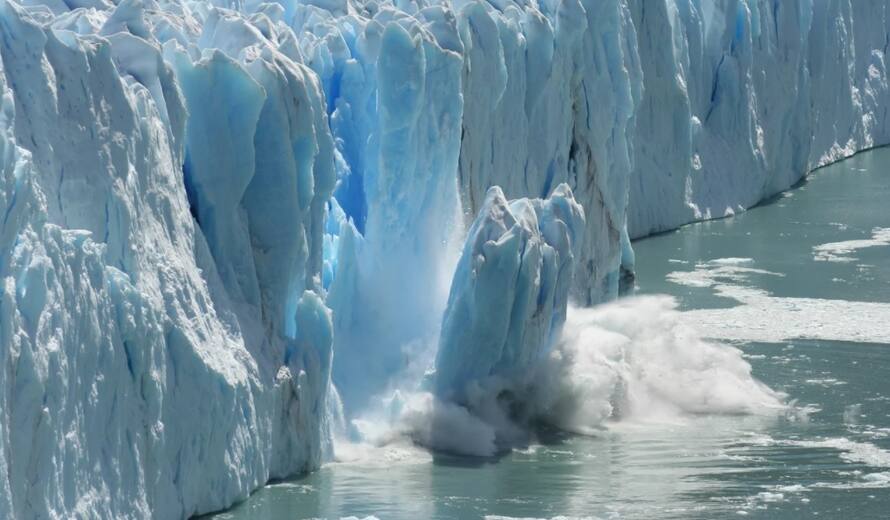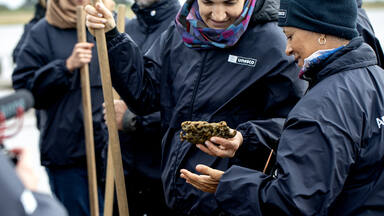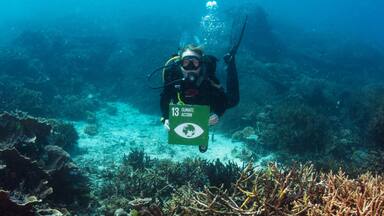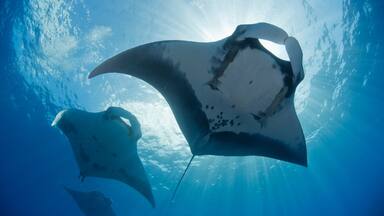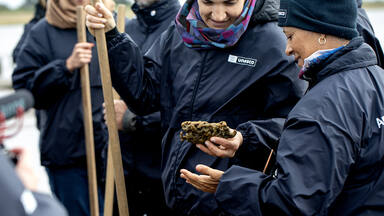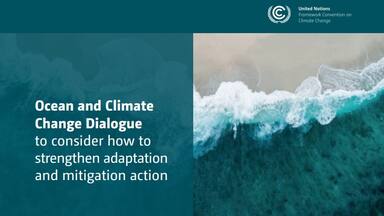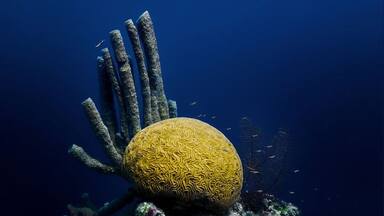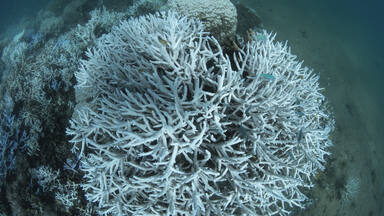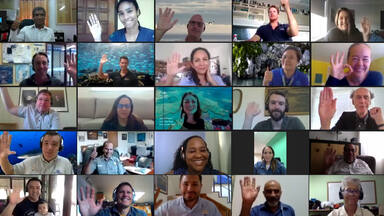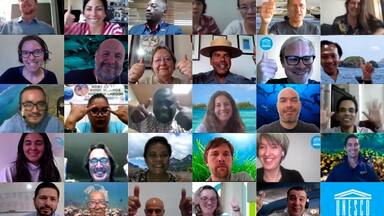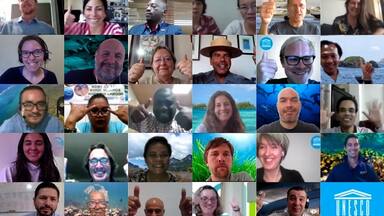How marine World Heritage sites successfully assess climate vulnerability
On 3 December 2020, climate experts and local management teams from the 50 UNESCO marine World Heritage sites met online in an effort to accelerate replication of initial successes in assessing climate vulnerability.
The online meeting was the fourth edition in a new digital exchange platform that was launched by the World Heritage Centre in March 2020.
During the meeting, experts from Australia’s James Cook University presented a newly developed rapid assessment tool called the Climate Vulnerability Index or CVI. The tool allows World Heritage managers and local communities to identify key climate threats to the Outstanding Universal Value of sites and set priorities for action. The tool helps local teams to take a more hands-on approach to assessing climate impacts while limiting costs and time for implementation.
Managers from the Shark Bay, Western Australia (Australia) and Wadden Sea (Denmark, Germany, Netherlands) World Heritage sites who applied the CVI method over the past years shared views of how the tool allowed them to bridge different climate perspectives across their local communities, bring transparency in priority setting and accelerate their overall capacity to plan for the future.
With climate change now the biggest threat to natural World Heritage sites, delivering practical capacity to local management teams and communities has never been more important. Every two months, UNESCO's World Heritage Marine Programme provides an exclusive online platform where managers from the 50 marine World Heritage sites share best practices and successes in addressing key ocean conservation challenges. As the world’s flagship marine protected areas, marine World Heritage sites are uniquely positioned to set global standards in conservation excellence and serve as beacons of hope in a changing ocean.
The online meetings are organized with the support of the French Biodiversity Agency and the Great Barrier Reef Foundation.
